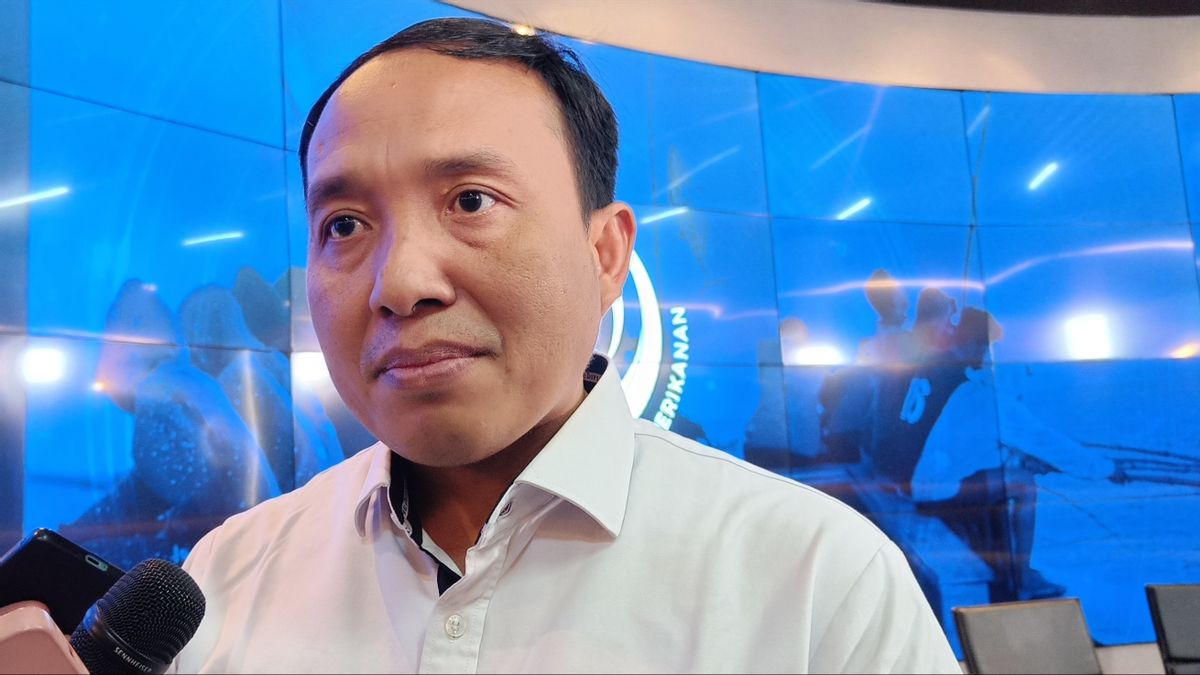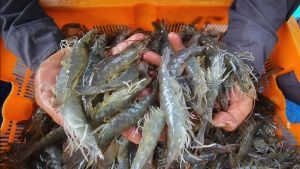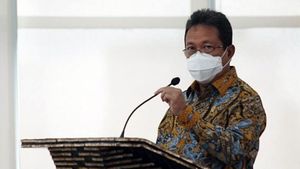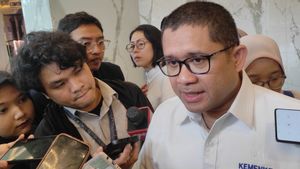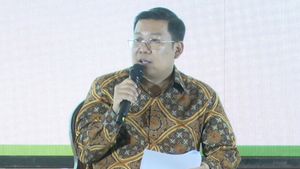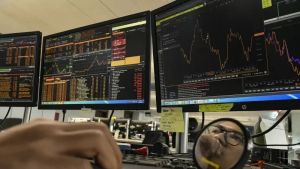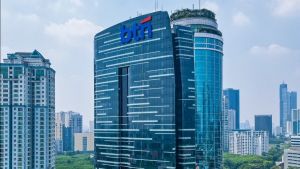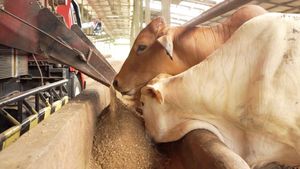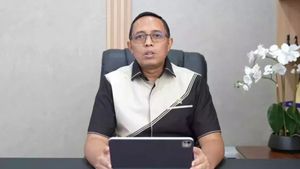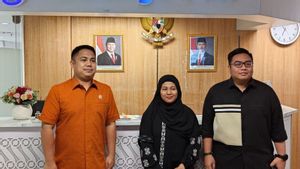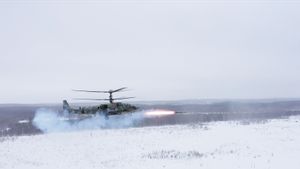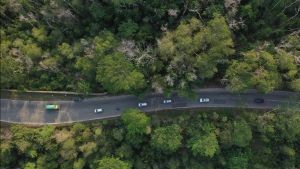JAKARTA - The Ministry of Maritime Affairs and Fisheries (KKP) said there were six challenges in running the capture fisheries program nationally.
The first is the number of ships increasing, but the orientation of fishing does not reflect the highest quality.
"If we look at now the number of ships is increasing, but it does not reflect the optimum point of how much is profitable for business actors, who provide large income for fishermen and also contribute to the regions, in this case PAD and for the state, especially namely non-tax state revenue (PNPB)," said Acting Director General of Capture Fisheries of the KKP Agus Suherman in a discussion on Public Perspectives regarding Transformation of Capture Fisheries and Application of E-PIT at the KKP Building, Jakarta, Monday, September 18.
The second challenge is that fish are increasingly difficult to obtain and the size of caught fish is also getting smaller.
"We see that the factual condition is increasingly difficult to get fish, the size of the caught fish is getting smaller, there is a fuel subsidy of 3 million tons prepared by the government, but only 800,000 tons are absorbed. This shows that the fishing indicator is increasingly making efforts," he said.
The third challenge is that fishing areas are getting further away, resulting in longer travel (trips) and inefficient fishing businesses.
"In accordance with the law on the authority of local and central governments that fishing vessels over 5 Gross Tonnage (GT) or 12 miles, he must move with central authority," he said.
"Now, migrating roads from approximately 4,000 fishery business licenses (SIUP) and now nearly 3,000 vessels have become fishing permits (SIPI)," he added.
Next, the fourth challenge is conflicts between fishermen due to fishing areas (DPI) and fishing gear (API) used.
"So, some time ago, it may have been heard that there was a burning of a ship from Central Java by fishermen from West Kalimantan. That's a DPI conflict, including fishing gear. So, we have to answer this condition, we have to solve it," he said.
Then, the fifth challenge is unquality economic growth because the economic benefits of exploitation of fish resources are concentrated in certain areas (norts).
VOIR éGALEMENT:
Agus said, based on data from the National Commission on the Study of Fish Resources (Komnas Kajiskan), the Fisheries Management Area (WPP) 718 is one area with a fish production potential of up to two million tons per year.
"However, the dominant ones who make arrests there are business actors who come from outside the area, such as from Jakarta, Java, and Sumatra. (The areas) carry out fishing activities there, the number is now approximately 2,000 ships operating there," he explained.
The sixth or last challenge is fishing operations that violate the provisions, such as unauthorized ship operations, violating fishing routes, and illegal or illegal fishing, Unreported, and Unregulated Fishing (IUU Fishing).
The English, Chinese, Japanese, Arabic, and French versions are automatically generated by the AI. So there may still be inaccuracies in translating, please always see Indonesian as our main language. (system supported by DigitalSiber.id)
